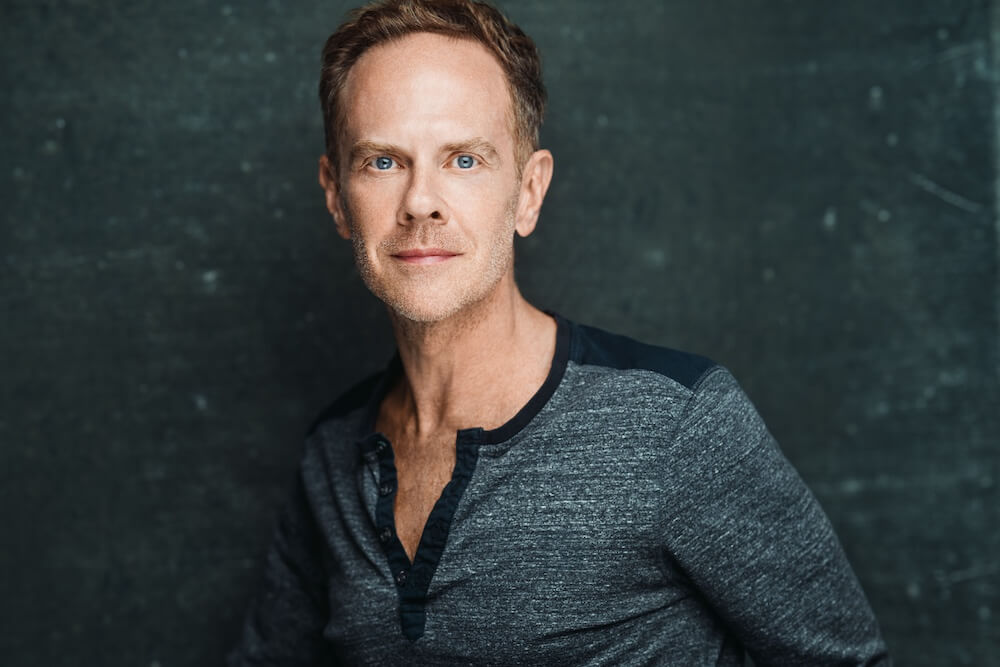I remember my feeble attempts in a modern jazz dance class, proudly wearing my “jazz shoes.” I was jazzed, but was oblivious in this decidedly Eurocentric jazz dance class to the much closer connection my tap, swing, and African dance classes had to the origins of jazz dance.
The theme of the collection of essays, Rooted Jazz Dance: Africanist Aesthetics and Equity in the Twenty-First Century, is that to understand and appreciate jazz dance in America, we must recognize and learn about its Africanist roots; we cannot view it through the Eurocentric lens of ballet technique and terminology. While some may view the essays as a bit disjointed, I appreciated the ability to read an essay, put down the book, and come back to it later without skipping a beat.
Lindsay Guarino, a co-editor, writing from a white person’s perspective, asserts that white people do not realize that African American dance is not something that can be understood through intellect alone. Offering a more direct critique, co-editor Carlos R. A. Jones writes, in a chapter on jazz and racial supremacy, that whites “took jazz dance as their chattel slave and shackled it into submission, beating and subduing it, and stripping it of its African roots.” I agree with Guarino that simply studying about African dance is not enough; one must also feel African American dance to truly understand it. I also agree with Jones, who is speaking to the larger issue of cultural appropriation.
Many references are made to Guarino’s Jazz Dance: A History of the Roots and Branches, including an image of the “jazz dance tree” from this book, illustrating how African dance is the root of today’s vernacular jazz dance and its many branches.
In a chapter on “Professional Jazz Dance in North America,” co-editor Wendy Oliver tells how she searched various online dance directories for “jazz dance companies.” Nearly a dozen company names came up, including Philly’s own Koresh Dance Company. Oliver sees this as evidence of jazz dance companies not only surviving but thriving in North America.
A key distinction within jazz dance, as explained by essayist E. Moncell Durden, is the difference between form and style: “… deep structure and cultural heritage are present in both; where one resides deep in structure, the other is at the surface structure. A form is a maintained structure, which allows individuals to find their style. Forms carry with them the cultural legacy of the people, and the aesthetic remains constant, whereas the style or gesture may shift as individualism is applied.” Throughout the book, writers point to improvisation as a crucial component of jazz dance as a distinguishing element from more formal types of dance.
I found Julie Kerr-Berry‘s chapter “Africanist Elements in American Jazz Dance” particularly helpful, as it includes a glossary of Africanist aesthetic terms inspired by the late African art historian Robert Farris Thompson, including:
Call-and-Response – this describes the relationship between the dancer and drummer, soloist or chorus
Ephebism – a quality of youthfulness; the author notes that in hip-hop, Rennie Harris’ Puremovement embodies this concept, his dancers filling the stage with “speed and a syncopated rhythmicality.”
Get Down – the dancer is bent slightly towards the earth in a wide, flat-footed stance, flexing the knees
Movement Initiated from the Hips – the pelvis becomes a flexible center from which movement originates and radiates outward
Propulsive Rhythm – highly syncopated movement and sound
Supple and Articulated Spine – this allows the body to use multiple planes vs. the constricting Eurocentric stilted and erect spine
One section of the book focuses on teaching jazz dance and, although I felt this section of more value to academics than others, I’m ready to sign up for the class that writer Karen Hubbard’s taught: “… since the movement material focuses on style and rhythm instead of technique, all students have the possibility of completing the course successfully.” Students “are encouraged to wear attire reminiscent of Jazz Age fashions ….”
The poem I Am Jazz by Cory Bowles, published in full in the book, beautifully describes the origins of jazz dance and its many forms. A few excerpts give you the flavor — and meaning:
I am Jazz.
I am The Beginning.
I am West Africa …
I season myself with Caribbean and Latin …
I am a slave dancing in secret on plantations. …
No longer in chains and sung out in fields. I move
To New Orleans and reflect on my blues. …
I am an Era …
I am Political …
I am Outspoken …
And I Charleston and strut like there ain’t no tomorrow. …
So gather my belongings and open up a new shop.
I take my partner by the hand and do the Lindy Hop. …
Allow me to introduce you to my cousins:
Hip-Hop. R&B. Funk. Rock ‘n’ Roll. …
Feel it.
As someone who loves not only dance but a good bowl of gumbo, I loved essayist Melanie George’s take on jazz dance: “Like a gumbo, jazz dance today is rich, nourishing, and complex.”
I’d like an extra helping, please.
Lindsay Guarino, Carlos R. A. Jones and Wendy Oliver, editors, Rooted Jazz Dance: Africanist Aesthetics and Equity in the Twenty-First Century, University Press of Florida: 2022 .






